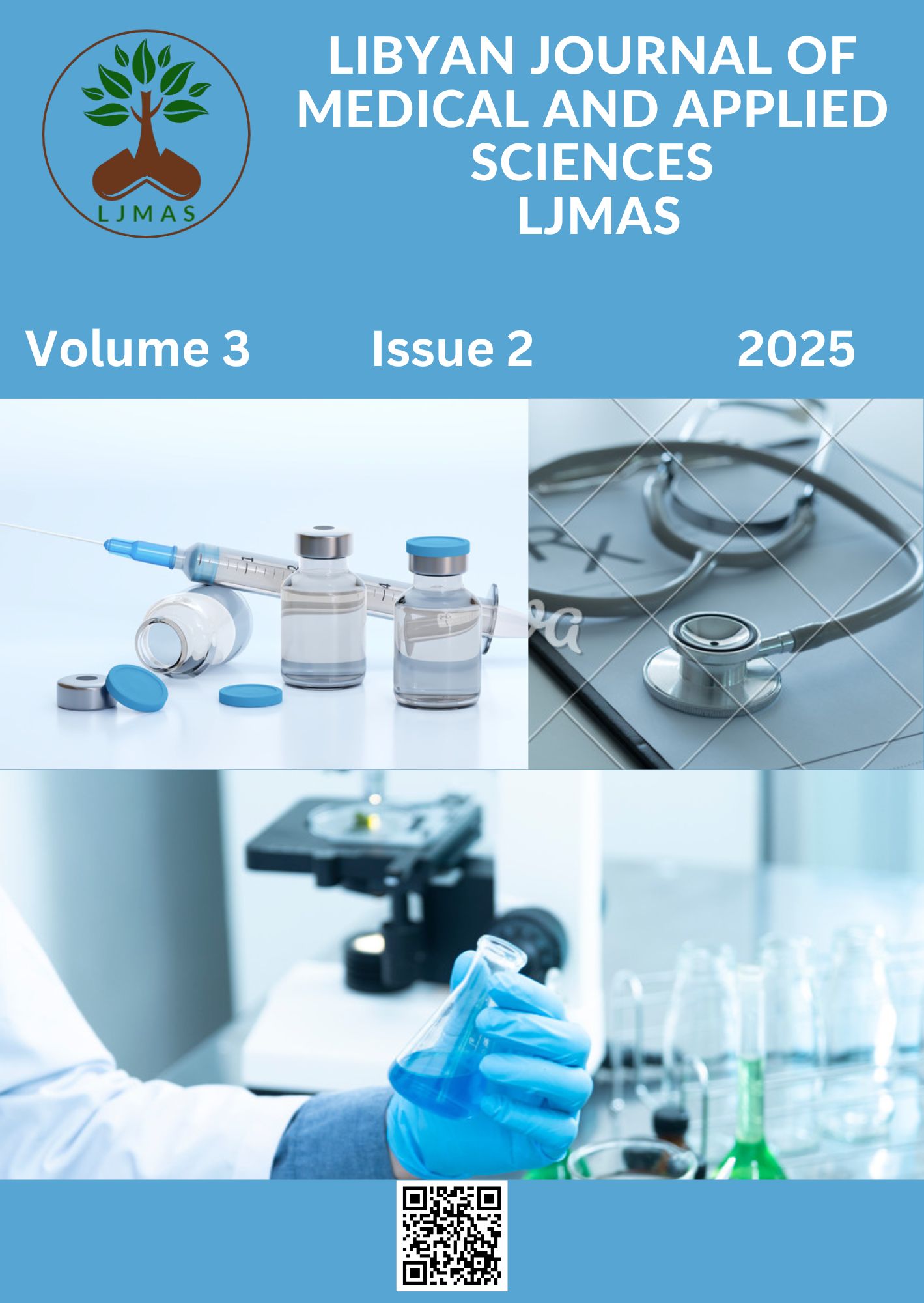Identification of Antimicrobial Components in Rhamphospermum nigrum Using Gas Chromatography-Mass Spectrometry and Their Antibacterial Effect
Main Article Content
Abstract
This study investigated the antimicrobial constituents of Rhamphospermum nigrum (black mustard) using gas chromatography-mass spectrometry (GC-MS) and evaluated its bacteriostatic effects against pathogenic bacteria. GC-MS analysis identified numerous bioactive compounds, including nonadecane (32.31%), heneicosane (cumulative 35.68%), and eicosane, alongside fatty acid esters and aromatic compounds, suggesting potential antibacterial, anti-inflammatory, and antioxidant properties. The ethanol extract exhibited significant dose-dependent inhibitory effects against Bacillus subtilis, Escherichia coli, Corynebacterium Pseudomonas aeruginosa, and Klebsiella, with Corynebacterium showing the highest sensitivity 23 mm inhibition zone at 90 mg/mL. The extract outperformed chloramphenicol (control), particularly against multidrug-resistant *P. aeruginosa*, indicating its potential to target Gram-positive peptidoglycan and biofilm-forming pathogens. Statistical analysis confirmed the positive correlation between extract concentration and antibacterial activity (p < 0.05). The presence of alkaloids, flavonoids, and other phytochemicals likely contributed to the observed bioactivity. These findings validate the traditional use of R. nigrum and highlight its promise as a source of novel antimicrobial agents, particularly for urinary tract infections. Further research is needed to isolate specific bioactive compounds and assess their cytotoxicity and mechanisms of action. This study underscores the potential of plant-derived compounds in addressing antibiotic resistance and advancing sustainable therapeutic solutions.
Article Details

This work is licensed under a Creative Commons Attribution 4.0 International License.





